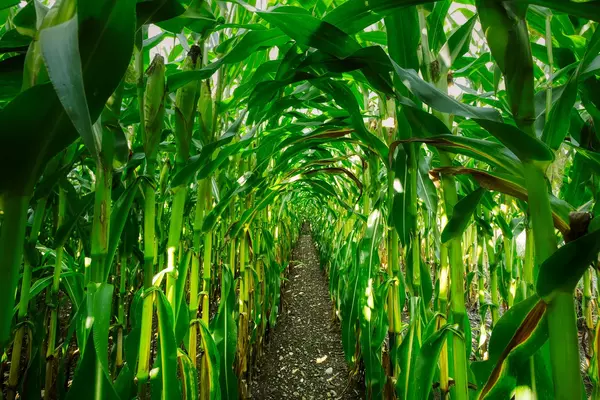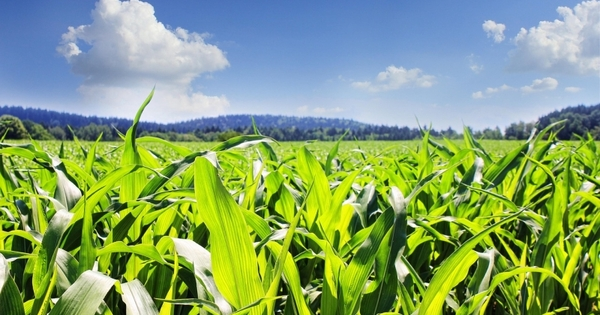Biofuels are a promising alternative to traditional fossil fuels, as they are derived from renewable sources and can reduce greenhouse gas emissions. The advancement of biofuel crops that can be more efficiently grown and processed into fuel is an important step in reducing our dependence on non-renewable fossil fuels. This could lead to a more sustainable energy future, where we are able to meet our energy needs without depleting finite resources or contributing to climate change.
However, it is important to note that the development and adoption of biofuels is a complex process that involves many factors, including technology, policy, economics, and public perception. Nevertheless, continued research and development in this area is crucial to finding sustainable solutions to our energy needs.
Researchers have solved a puzzle that could allow switchgrass to reach its full potential as a low-cost, sustainable biofuel crop, reducing our reliance on fossil fuels. Researchers at Michigan State University have solved a puzzle that could help switchgrass realize its full potential as a low-cost, sustainable biofuel crop, reducing our reliance on fossil fuels.
Switchgrass is attractive because it is perennial, low-maintenance, and native to many states in the eastern United States, including Michigan. However, it has a peculiar behavior that has stymied researchers – at least until now.
Now we can look for breeding solutions. We can begin looking for plants with a voracious appetite for photosynthesis.
Asst. Prof. Walker
Berkley Walker’s team at MSU’s Department of Plant Biology has discovered why switchgrass stops performing photosynthesis in the middle of the summer, limiting how much biofuel it yields. This discovery, which was published in the journal Frontiers in Plant Science, is critical to overcoming this quirk and making the most of switchgrass.
“We want bigger plants, period, so being able to crack this and lift this limitation is the goal,” said Mauricio Tejera-Nieves, postdoctoral researcher and study lead author. Tejera-Nieves, Walker, and their colleagues discovered the reason for this limitation in the rhizomes of switchgrass. These are small knobby structures that live underground among the roots of plants. You’ve held a rhizome if you’ve ever sliced or shredded ginger.

To help plants survive the winter, rhizomes store food in the form of starch, which is made from the sugars produced by photosynthesis. Switchgrass rhizomes that are a starch-rich signal the plant to stop producing sugars and adding biomass through photosynthesis.
Tejera-Nieves likened the rhizomes to a bank, albeit a peculiar one.
“Imagine getting a call from your bank and they tell you, ‘Hey, your account is full. You are free to take a vacation, a sabbatical, or whatever you want. “Just stop working because we don’t have any more money,” Tejera-Nieves explained. “It’s a conservative strategy, but it works for switchgrass. The longer it’s doing photosynthesis in nature, the more likely it is that an animal will eat it or something else bad will happen.”
Although this evolutionary strategy has benefited the plant in nature, it is detrimental to humans who want to convert switchgrass biomass into biofuel. However, by understanding the underlying cause of this behavior, researchers can begin to look for solutions.
“Now we can look for breeding solutions,” Walker, an assistant professor in the College of Natural Science who also works in the MSU-Department of Energy Plant Research Laboratory, said. “We can begin looking for plants with a voracious appetite for photosynthesis.”





